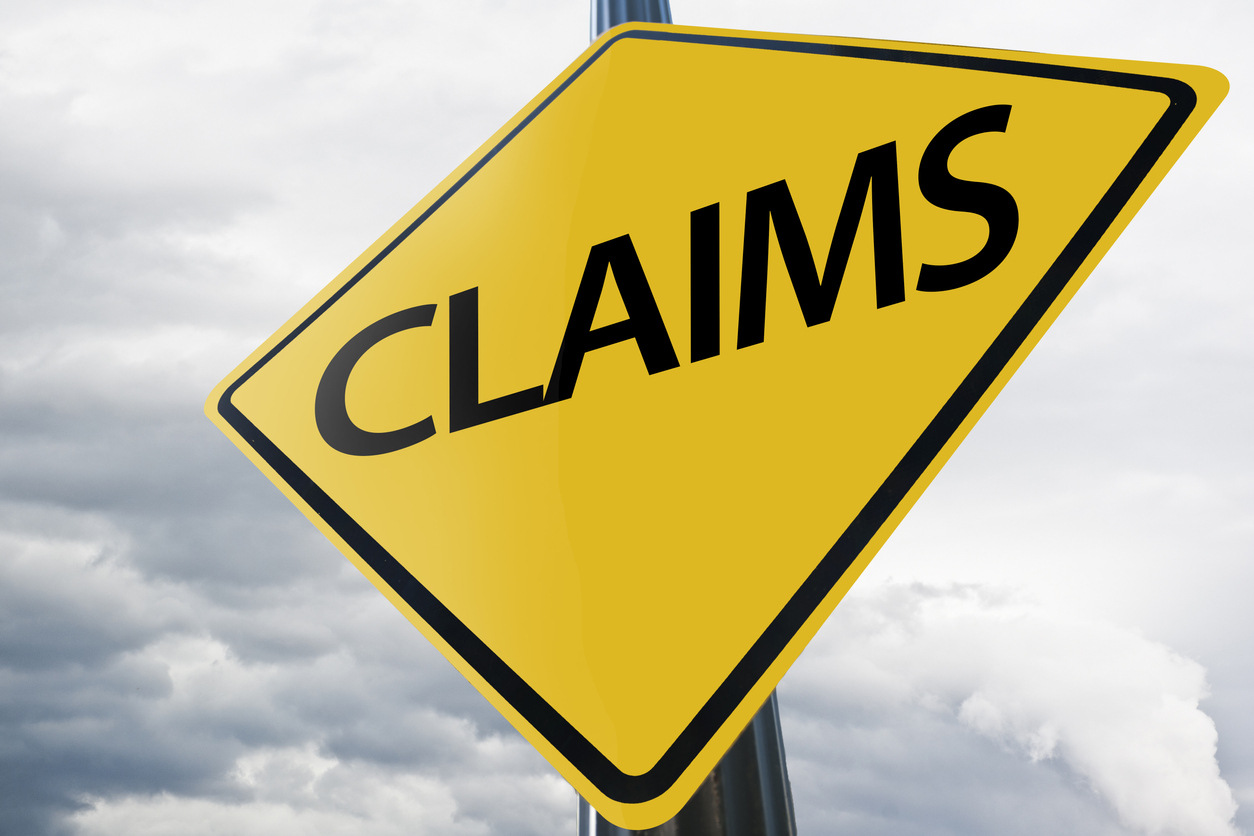Insurance company claims management hates to have outside critical analysis over its handling of property insurance claims. Whether by regulators through market conduct examinations or discovery in claims practices cases by their own customers, the modern trend is to object to turning over these internal documents on every conceivable ground, including “trade secrets.” This has been noted numerous times in this blog, including in Trade Secrets: Dynamite Discovery Decisions, Part 11, where we noted:
It is not uncommon for insurance companies to argue that company documents, such as claims manuals and guidelines, are trade secrets and worthy of a protective order. This is nonsense.
First, insurance companies frequently exchange claim manuals, guidelines, and the like amongst each other. Carriers do not genuinely raise the trade secret specter for the typically asserted reason of preventing other carriers from gaining some sort of competitive advantage. Rather, it is relatively clear that carriers raise the trade secret specter solely to stymie policyholder practitioners from sharing company documents and gaining a bit of a litigation leg-up on the industry. Second, insurers and policyholders are simply not competitors within the intended meaning or purpose of trade secret.
…
Insurance companies realize full well that they will not suffer a competitive injury at the hands of other insurance companies if company materials are disseminated. This does not stop insurers, however, from trying to confuse judges on the meaning of “competitor” in the context of trade secret. As recognized by the courts above, a policyholder is not a “competitor” of an insurance company within the meaning of trade secret. And this reality is backed by the time-tested industry standard that claim adjustment is not supposed to be an adversarial process.
A Connecticut case that is currently being litigated has the following allegations about “outcome oriented” insurance consultants that many policyholders complain about:
“[P]laintiff alleges that defendant engaged in unfair insurance practices, in violation of CUIPA, by, inter alia, retaining Rebuild to provide a valuation of the cost to repair plaintiff’s home, despite the fact that Rebuild is not licensed in Connecticut to perform the actual repair work… Plaintiff contends that defendant routinely uses Rebuild, and other unlicensed contractors, to provide low-cost estimates in order ‘to assist the Defendant in underpaying” claims.’1
The policyholder sought claims files from other losses in the same county and the same storm. The court set out why the policyholder contended the consultant was biased towards providing lower estimates:
Plaintiff alleges that Kemper has engaged in unfair insurance practices including, inter alia, retaining Rebuild, which she alleges is not licensed to conduct business in Connecticut, to provide an estimate of the cost of plaintiff’s repairs…Because Rebuild is unlicensed, plaintiff contends Rebuild ‘never had any intention of actually completing the work on Plaintiff’s home[]’ and its ‘estimate for the work dramatically undervalued the loss in comparison to the actual and necessary expenses actually incurred by’ plaintiff. Plaintiff asserts that this behavior is part of a broader pattern. Indeed, plaintiff specifically alleges that she ‘is aware of several other instances of inappropriate claims practices by the Defendant in connection with the 2018 storm in Fairfield County.’
The court noted the law allowing for such production although allowing the insurance company to mark them confidential:
‘[T]he plaintiff is entitled to conduct discovery as to whether or not the alleged unfair’ insurance practice plaintiff claims ‘to have occurred with respect to the plaintiff’s coverage, also occurred with respect to claims submitted by other insureds with similar coverage.’ Union St. Furniture & Carpet, Inc. v. Hartford Fin. Servs. Grp., Inc., No. CV-04-4002621-S, 2006 WL 2194381, at *1 (Conn. Super. Ct. July 19, 2006)…. see also Guillory v. Allstate Ins. Co., 476 F. Supp. 2d 171, 175–76 (D. Conn. 2007) (‘Although plaintiff has not pled any frequency with which the defendant engaged in the insurance practices he complains of, this is a proper area for discovery, particularly as such information may only be in defendant’s possession, not plaintiff’s.’);
Interestingly, the court also made the insurance company produce:
Defendant shall disclose all agreements, contracts or engagement letters between Kemper and any contractor, not licensed to perform repair or construction work in Connecticut, that was engaged to provide loss estimates or damage appraisals for properties located in Connecticut. This request shall be limited to agreements, contracts, or engagement letters entered into between January 1, 2015, and January 1, 2020, a five-year period which encompasses the underlying events.
Finally, the court also made the insurer turn over its claims processing and handling manuals in effect in 2018 pertaining to estimation of loss, ruling:
Courts have found an insurer’s claims processing manuals to be relevant, and discoverable, for several purposes. See, e.g., Champion Int’l Corp. v. Liberty Mut. Ins. Co., 129 F.R.D. 63, 67–68 (S.D.N.Y. 1989) (‘[C]laims manuals are clearly germane to the interpretation of’ insurance policies.); U.S. Fire Ins. Co. v. Bunge N. Am., Inc., 244 F.R.D. 638, 646 (D. Kan. 2007) (affirming a Magistrate Judge’s ruling that ‘claims handling materials[]’ are ‘relevant to whether claims were properly handled, … [and] demonstrate how the Insurers’ positions in this litigation are inconsistent with previous coverage decisions[]’); Massachusetts Mut. Ins. Co. v. Beeharilal, No. 14CV00085(JWD)(RLB), 2015 WL 1346242… (M.D. La. Mar. 24, 2015) (Claims manuals ‘are relevant to Plaintiff’s coverage and bad faith claims.’); RAF Properties, LLC v. United States Fire Ins. Co., No. 4:11CV00914(SWMS), 2012 WL 13055695, at *1 (S.D. Tex. Apr. 2, 2012) (Claims manual is discoverable because it ‘is the only guideline defendants can offer plaintiff on how defendants generally handle claims.’). Claims processing guidelines and manuals can ‘lead to admissible evidence regarding any procedures put in place by [an insurer] regarding the process by which claims adjusters may determine that claims should be denied or whether coverage is appropriate.’
Many lawsuits are filed claiming that the insurance company’s expert regarding loss estimation and evaluation is outcome-driven to help the insurance company pay less than what is owed. This case is another example to study and use to combat this wrongful behavior.
Thought For The Day
Who has connections to Connecticut? That’s where rich people go to live the rest of their life in the woods.
— Patrice O’Neal
_______________________________________
1 Hobson v. Kemper Independence Ins Co., No. 3:20-cv-00812 (D. Conn. Aug. 9, 2021).




